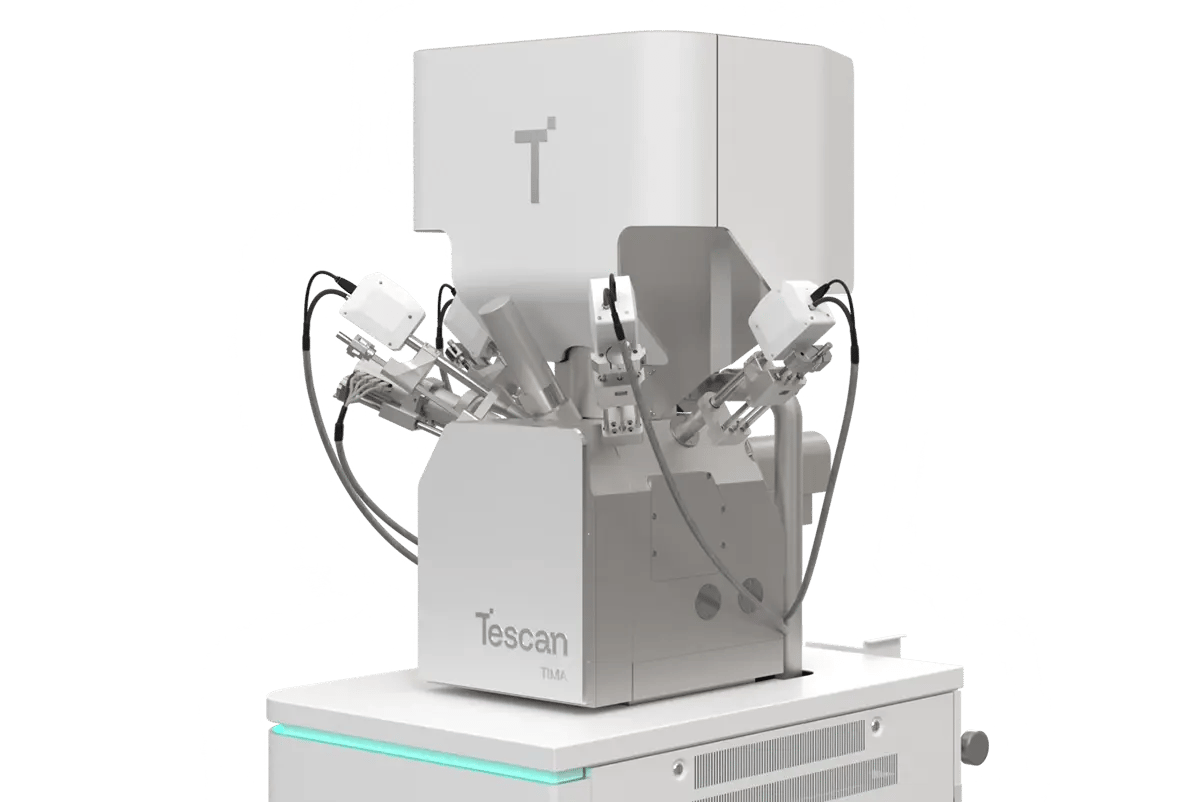TESCAN TIMA
TESCAN TIMA provides integrated chemical and morphological analysis of multi-phase, heterogeneous materials — making it ideal for characterizing battery recycling output such as black mass.
- High-throughput EDS-based particle classification
- Quantitative liberation and association analysis
- Flexible scripting for custom phase categorization










